A Magic Broken is Available Free Today at Amazon.com
 Merry Christmas from Amazon.com! For today only, the e-retail giant is offering Theo’s digital book A Magic Broken as a free download for Kindle readers.
Merry Christmas from Amazon.com! For today only, the e-retail giant is offering Theo’s digital book A Magic Broken as a free download for Kindle readers.
In his review Donald S. Crankshaw wrote:
You may be familiar with Theo Beale as a blogger at Black Gate…. I was looking forward to seeing how his ideas translated into fiction. He’s given me a chance with A Magic Broken, an e-book novella equivalent to about 50 pages, written under the name Vox Day. It is connected to Theo’s novel, A Throne of Bones, but as I haven’t read the novel yet, I can’t say exactly how…
When I first discovered fantasy in the eighties, it seemed that elves and dwarves were staples of the genre — if it was fantasy, it had at least these two demi-human races. In the last twenty years, fantasy has moved away from that, but I must admit that I have a soft spot for them, especially dwarves. So I was happy to see the dwarf, Lodi, as one of the heroes of this story… The story follows Lodi and the human spy, Nicolas, as they go after the same prize — a kidnapped elven woman — for very different reasons…
One character who came across very well was the city of Malkan itself, where the story took place. Malkan is an independent city, built by dwarves, but mainly occupied by humans. The humans acknowledge no outside lord but money, and the merchants control the city more than the nobility, whom they raise and overthrow at will. As we see Nicolas and Lodi deal with slavers, prostitutes, and powerful merchants, we start to see life in the city at ground level. It’s a city where life is cheap, even for the powerful, and where secrets are plentiful. It’s the sort of city that’s teeming with stories, and it’s almost a shame that the characters are in such a hurry to leave.
Download A Magic Broken free here. But hurry — the offer is only good today.
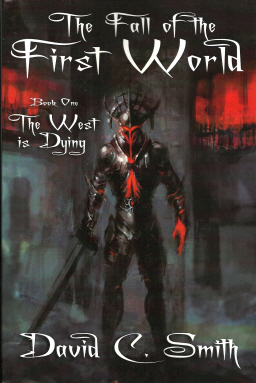
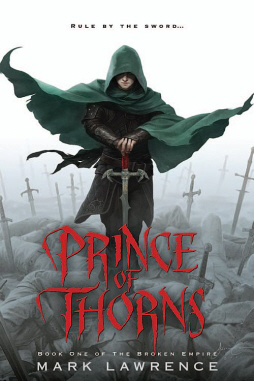
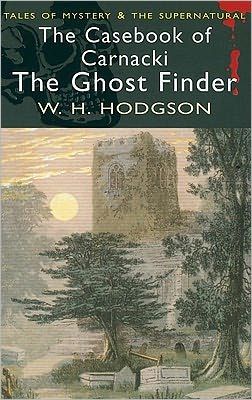

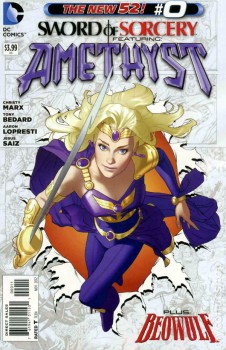
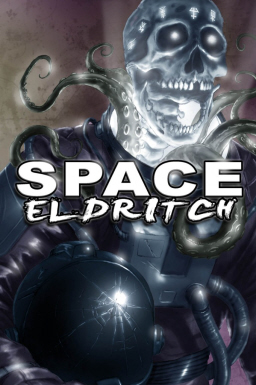
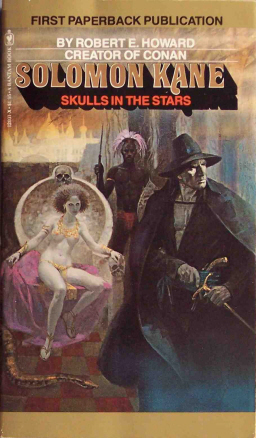
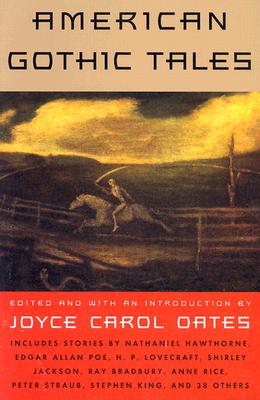
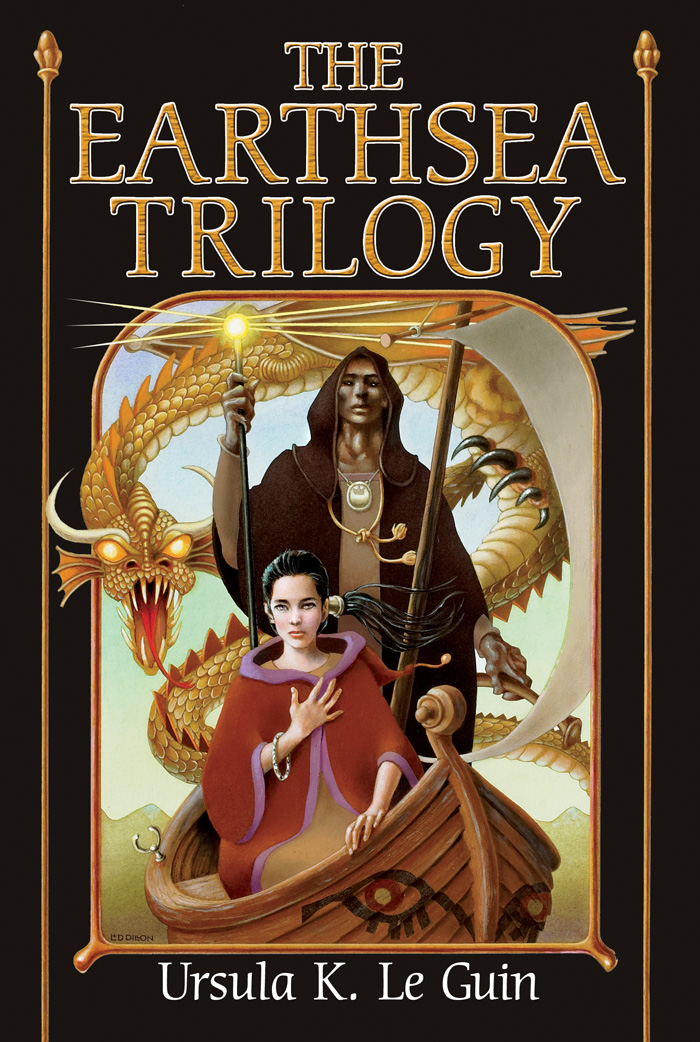 To my surprise, I got a bunch of emails asking for more details about the weird teaching gig I described in
To my surprise, I got a bunch of emails asking for more details about the weird teaching gig I described in 